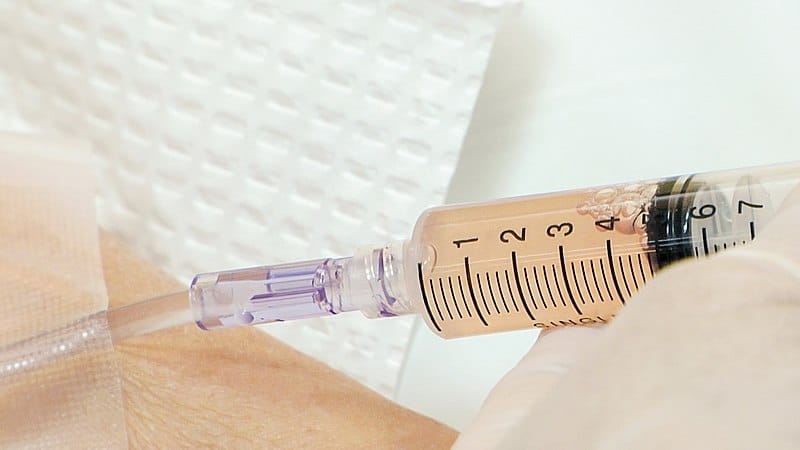Most human organs and tissues recover extremely slowly, and some are almost incapable of regeneration. Connective tissue is formed in place of the structures damaged by the pathological process. It maintains the volume of the organ, but cannot perform its functions.
Doctors all over the world are trying to develop methods to repair damaged kidneys, joints, pancreas, lungs, heart, brain and other organs and anatomical structures. The most promising direction associated with a future breakthrough in the treatment of chronic diseases is cell therapy.
Stem cells (SCs), which can differentiate into specialized cells, are used for organ repair. SCs are already used in the treatment of many diseases. The indications for their use are constantly expanding, and hundreds of studies are currently being conducted around the world to evaluate the efficacy of SCs. If you want to benefit from the possibilities of regenerative medicine, you can travel abroad. Check the stem cell treatment cost in Germany on the Booking Health website.
Stem cells in oncology
Historically, the first application of stem cells in medicine has been in oncology. SCs have long been used to regenerate bone marrow destroyed by high-dose chemotherapy.
There are autologous and allogeneic (donor) SCs transplants. Autologous SCs are safe and affordable, but they cannot cure cancer that has spread to the bone marrow. Donor SCs transplantation is more effective and usually cures cancer, but the procedure is more expensive, it is difficult to find a donor, and patients are more likely to experience complications. The more compatible the donor, the better the chances of a successful transplant.
Stem cells in orthopedics and sports medicine
Orthopedics is the most frequent application of SCs in medicine.
Stem cells are used in various ways. In recent years, the procedure of mesenchymal SCs injection as part of the stromal-vascular fraction from adipose tissue has become popular in developed countries. Adipose tissue is harvested from the anterior abdominal wall. SCs can be isolated manually by enzymatic method, but more often a machine that mechanically separates cells is used. The obtained SCs are injected into a diseased joint, damaged tendon, nonunion fracture or any other tissue to stimulate regeneration. The technique is used after injuries, surgeries and in case of degenerative processes: diseases in which the rate of tissue damage exceeds the rate of tissue repair.
Specialized centers perform procedures to grow cartilage from SCs. This is an effective method of joint therapy. For example, it is used for chondromalacia of the patella, aseptic necrosis with cartilage tissue death, and traumatic cartilage damage. Stem cells are harvested from the patient, cultured, attached to a matrix and delivered to the joint through arthroscopic surgery. The stem cells transform into chondrocytes and form new cartilage. The advantage of this method over cartilage transplantation is that it can repair extensive defects without traumatizing the donor site.
Stem cells in neurology
SC can be used in diseases associated with gradual (degeneration, inflammation) or sudden (stroke, trauma) damage to nerve tissue. Both CNS structures and peripheral nerves are repaired with SC.
SCs are used for cerebral palsy treatment, sclerosis treatment, as well as for ALS, Alzheimer’s disease, Parkinson’s disease, epilepsy and many other diseases. Even if the damaged structures cannot be repaired, SCs at least slow down degenerative processes.
Stem cells in ophthalmology
SCs are most commonly used to treat diseases of the retina and optic nerve. They are injected intravenously or into different areas of the eye. SCs help to slow down atrophic changes, stop them and sometimes even achieve partial regeneration of damaged structures. The literature describes cases of significant improvement in visual acuity in patients treated with SCs, including patients who had been blind for several years at the start of treatment.
Stem cells in the treatment of internal diseases
Chronic pancreatitis, pulmonary fibrosis, chronic kidney disease, cardiosclerosis and many other pathologies affect different organs, but their essence is the same: the organ partially dies, is replaced by scar tissue and is no longer able to function fully. Autologous SCs derived from blood or bone marrow are used to improve organ function and recover it.
Where to receive cell therapy
You can undergo stem cell therapy in developed countries, such as Germany. Use the Booking Health service to choose a clinic and check prices.
The treatment process is usually short and non-traumatic. Basically, SCs are obtained from the patient’s blood. They are then frozen or injected immediately.
Leave a request on the Booking Health website to get advice from medical tourism specialists. They will help you choose a clinic, make an appointment for convenient dates, organize stem cell therapy in Germany and assist you throughout your stay in another country.







Click here to change your cookie preferences